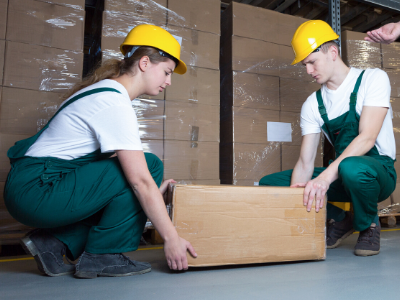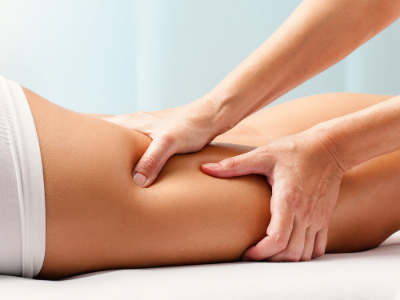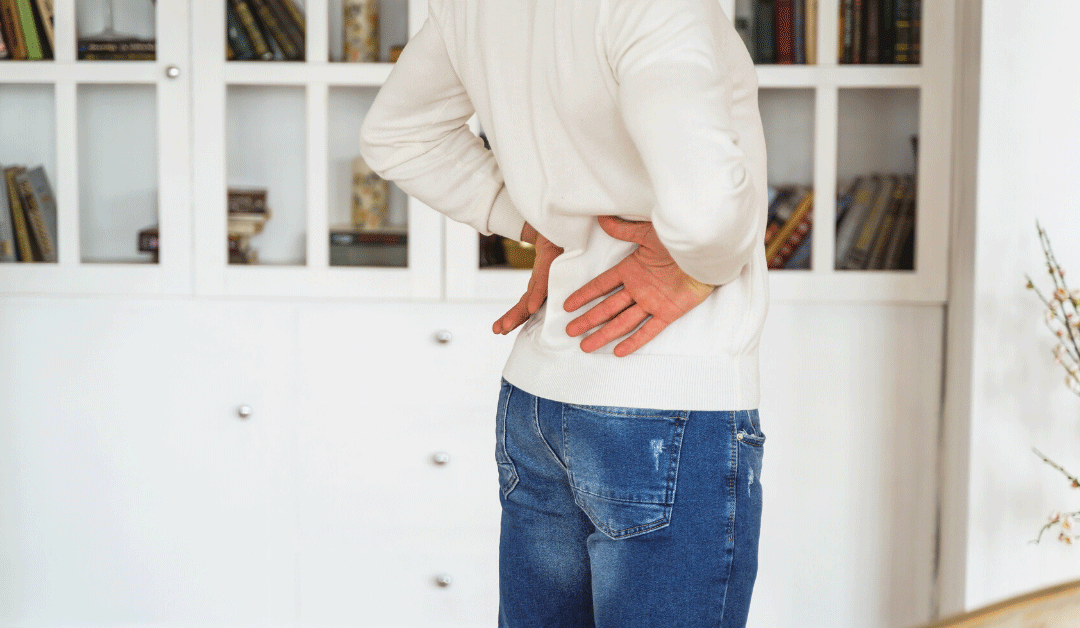Have you ever had lower back pain? It can be extremely debilitating and frustrating and is one of the most common conditions that physiotherapists see.
Back pain can seem to occur from even the most minor of events, such as leaning over to pick something small off the floor or sneezing. Lower back pain can range from being reasonably mild to the point of being unable to move! And believe me, you don’t want to get to that stage!
Where is the problem coming from?
Lower back pain affects what is known as the Lumbar Spine. This area has a number of structures in it that can be affected when an injury is sustained, these include:
- Intervertebral discs
- Facet joints (the joints joining vertebrae together)
- Muscles in the lower back
The strength and flexibility that’s engineered into your lower back also makes it susceptible to developing lots of problems. And because of the many nerves that run throughout your spine and into the rest of your body, a problem in the lower back can often lead to leg pain, sciatica, hip problems, and more.
6 Tips to help prevent and manage lower back pain
Protecting your lower back involves taking measures to avoid direct injury, prevent indirect trauma, and control the progression of a problem that may have already occurred. Here are 6 helpful tips to prevent and manage lower back pain.
1. Strengthen your core muscles daily
Strong and supportive muscles throughout the trunk of your body are essential to support your lower back. Core-building exercises include:
- Low-impact cardiovascular exercise, such as normal or brisk walking, which helps increase blood flow to the spine and stretch your muscles.
- Hydrotherapy, which provides a greater range of motion due to the buoyancy of the water, particularly for exercises that require lifting the legs. Water also provides resistance by means of gentle friction, allowing the strengthening and conditioning of an injured muscle. Hydrotherapy is great for people who have chronic back pain and find it too painful to exercise without the supportive effect of water.
- Exercise ball workouts, such as sitting on the ball intermittently for about 20 to 30 minutes and/or using the ball for stretches and exercises that engage your core muscles.
If exercise seems difficult or impossible to you because of your back pain you should consider contacting a SPHC physiotherapist who can provide you with professional guidance and a treatment plan to help improve your condition.

2. Invest in an ergonomic office chair
Slouching forward while working at a desk places excessive pressure on the discs in your back and can cause problems in your lower back. Support the natural curve in your lower spine by using an ergonomic chair that helps you align and support your back and thighs correctly. You can also:
- Placing a small rolled-up towel in the small of your back for additional support
- Use a standup desk for part of the day
- Set a timer for every hour to remind yourself to check your posture, walk for a few minutes, and stretch your lower back and leg muscles.

3. Protect your back while lifting
Lifting is a common cause of lower back pain. Common everyday activities, such as unloading grocery bags from the car or lifting a child, can lead to lower back problems. Lifting with your back bent, or lifting while twisting, may cause a sudden injury to your lower back or repetitive injury over a period of time, leading to chronic tissue damage.
Follow these lifting-guidelines to prevent lower back injury:
- Bend at your knees, not at your lower back
- Pivot your feet and hips, rather than twisting your lower back.
- Hold the object close to your chest while straightening your spine.

4. Be mindful of lower back stress during everyday activities
Even small amounts of stress on your lower back can add up and lead to degeneration and pain over time. Here are some examples of how to reduce everyday stresses on your lower back. You can use these principles on a daily basis in other activities to help prevent chronic injury to the tissues.
Opening a door- While opening a door, stand straight in front of the door’s handle and pull it perpendicular to your body. Avoid standing on the side of the handle and twisting your trunk while opening the door, which may injure your spinal ligaments.
Using a vacuum cleaner- While vacuuming, hold the vacuum cleaner in front of your body with both hands and use small arm movements while cleaning. Holding the vacuum to the side of your body with just one hand results in large arm movements and requires more twisting on your lower spine.

5. Rest your back after prolonged bending
When you bend forward for a long time, such as while weeding your garden, certain changes take place in your discs and ligaments. These changes last for a few minutes, during which time, the stability of your spine is reduced. The joints also become temporarily stiff during this period
Your lower back is at risk for sustaining a sudden injury after these tissue changes if you exert stress on your back immediately afterwards, such as lifting a bag of soil right after you’ve been bending and weeding for a long time. Try standing upright for a few minutes and allow the spinal tissues to recover and re-shape after prolonged bending and before attempting strenuous exertions.

6. Stretch your hamstrings
A little-known cause of low back pain is tight hamstrings. Simple hamstring stretching exercises can help decrease the pressure on your pelvis and provide relief across your lower back. Certain hamstring stretches also help relieve leg pain associated with lower back problems, such as sciatica. However, not all hamstring stretches are good for all types of back conditions. Check with your physiotherapist first to find out which exercises are suitable for you.

You don’t have to suffer from lower back pain. At Sandgate Physical Health Clinic, we have therapists who can work with you to create a tailored treatment plan to help you prevent, manage and treat your lower back pain. Call us on 3869 1099 or send us an email.

